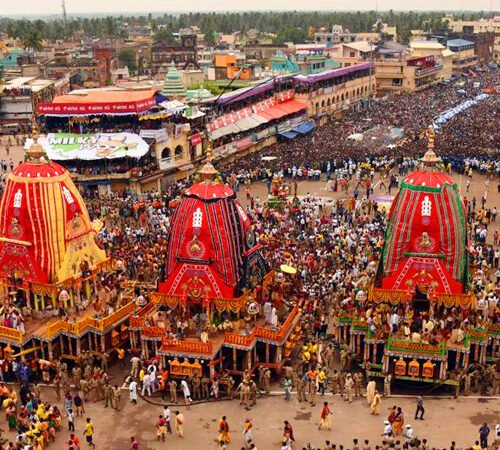In the heart of Eastern India, Odisha’s vibrant cultural calendar marks one of its most unique and joyful festivals—Rajo (or Raja) Festival. Spanning three days of celebration and four days of observance, Rajo is a colorful, feminine-centric festival that honors womanhood, fertility, and the Earth’s renewal. With its deep cultural roots and widespread community participation, Rajo brings together generations through tradition, food, games, and festive cheer.
Celebrated with unmatched enthusiasm across the state—especially in coastal and rural Odisha—Rajo is where mythology meets social tradition in the most joyous of ways.
The Cultural Significance of Rajo Festival
At its core, Rajo Festival (Raja Parba) celebrates the menstruation cycle of Mother Earth, symbolizing fertility, growth, and womanhood. In Odia tradition, the Earth is believed to undergo a period of rest and rejuvenation during these days—just like a woman during her menstrual cycle.
 Women and girls are at the center of this celebration. It’s a time when they are pampered, adorned, and encouraged to rest, enjoy, and celebrate their femininity. During Rajo, ploughing and agricultural activities pause to give the soil a symbolic break—respecting its capacity to regenerate.
Women and girls are at the center of this celebration. It’s a time when they are pampered, adorned, and encouraged to rest, enjoy, and celebrate their femininity. During Rajo, ploughing and agricultural activities pause to give the soil a symbolic break—respecting its capacity to regenerate.
The festival is also linked with the auspicious beginning of the monsoon season, bringing hopes of a fertile harvest and ecological balance.
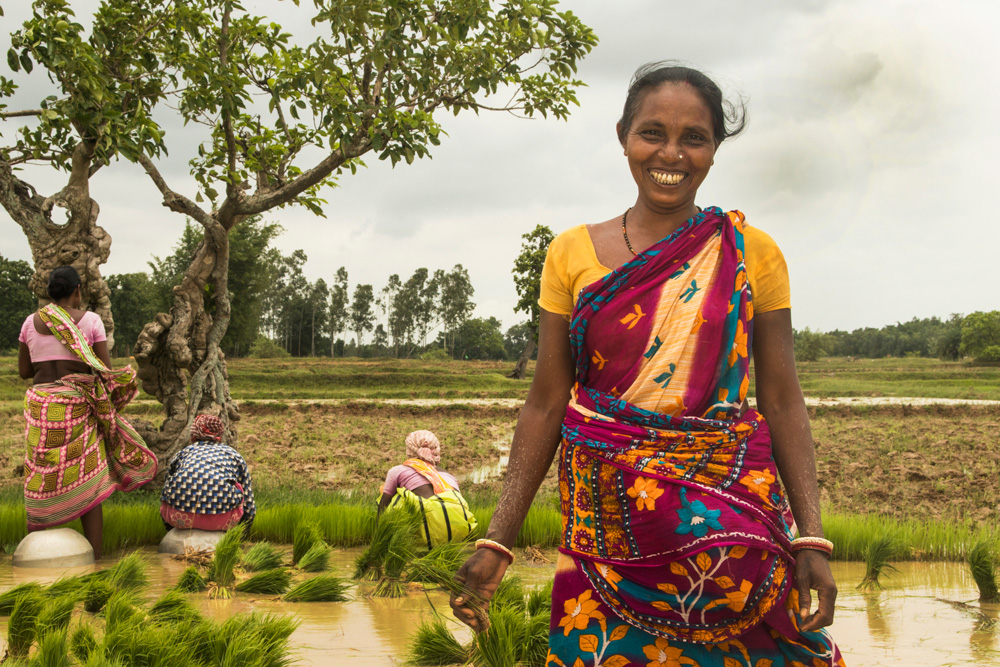
Three Days of Joyful Observance
Rajo is observed over three main days:
1. Pahili Rajo (Day Before the Main Festival)
 The beginning of festivity. Girls take oil baths and wear new clothes. Traditional swing sets (known as Doli) are decorated and hung from trees across villages and towns.
The beginning of festivity. Girls take oil baths and wear new clothes. Traditional swing sets (known as Doli) are decorated and hung from trees across villages and towns.
2. Rajo Sankranti (Main Day)
 This day marks the solar transition into Mithuna (Gemini) and is the most significant. Women refrain from cooking, walking barefoot, or doing any strenuous work. Instead, they enjoy leisure activities, apply alta (a red dye) on their feet, and spend time with friends and family.
This day marks the solar transition into Mithuna (Gemini) and is the most significant. Women refrain from cooking, walking barefoot, or doing any strenuous work. Instead, they enjoy leisure activities, apply alta (a red dye) on their feet, and spend time with friends and family.
3. Basi Rajo (The Day After)
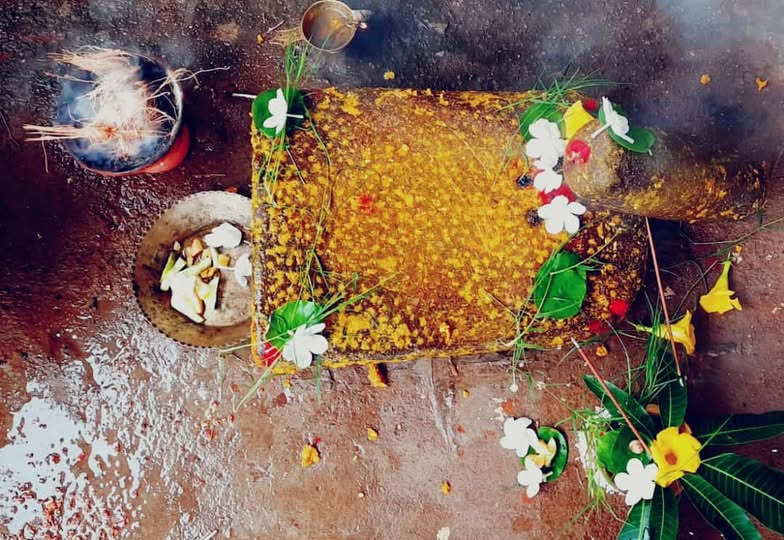 A continuation of relaxation and celebration, filled with games, songs, and local get-togethers.
A continuation of relaxation and celebration, filled with games, songs, and local get-togethers.
Some regions also observe a fourth day—Vasumati Snana, where the grinding stone (symbolizing the Earth Goddess) is bathed and worshipped.
Swings, Songs, and Sisterhood
 The most iconic part of Rajo is the sight of decorated swings in mango orchards, courtyards, and village squares, with young girls dressed in bright sarees or traditional outfits taking turns while singing folk songs passed down through generations.
The most iconic part of Rajo is the sight of decorated swings in mango orchards, courtyards, and village squares, with young girls dressed in bright sarees or traditional outfits taking turns while singing folk songs passed down through generations.
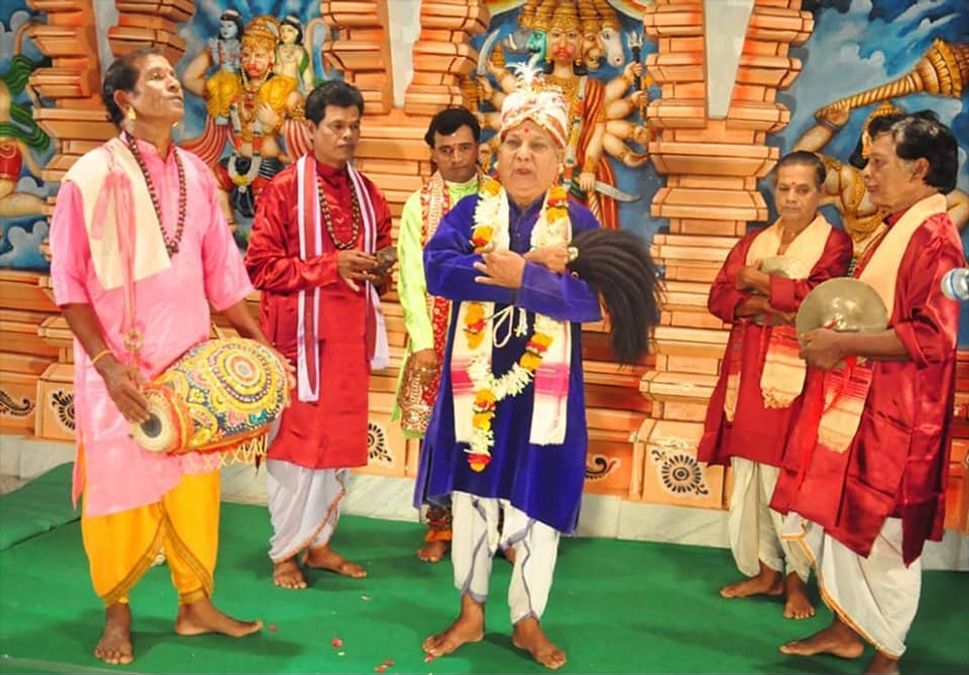 Traditional Rajo Pala (group performances of devotional and folk songs) can be heard echoing through rural Odisha, celebrating love, life, and fertility. There’s laughter, storytelling, and a rare kind of communal joy where the focus is squarely on female celebration and freedom.
Traditional Rajo Pala (group performances of devotional and folk songs) can be heard echoing through rural Odisha, celebrating love, life, and fertility. There’s laughter, storytelling, and a rare kind of communal joy where the focus is squarely on female celebration and freedom.
Rajo and Food: A Culinary Celebration
Like every Indian festival, Rajo is incomplete without a feast. But here, the focus is on sweet, earthy, and seasonal flavors. Kitchens across the state prepare:
- Poda Pitha: A slow-cooked rice cake made of jaggery, coconut, and lentils—smoky, caramelized, and deeply nostalgic.

- Arisa Pitha and Kakara: Deep-fried rice cakes filled with jaggery and coconut.

- Chhena desserts, fresh mangoes, and palm jaggery-based treats complete the festival platter.

Food is shared widely, especially among neighbors and extended family, reinforcing the community bond.
Melas and Community Festivities
In urban areas like Bhubaneswar, Cuttack, Berhampur, and Rourkela, Rajo has taken on a vibrant urban avatar with open-air fairs, cultural performances, and youth-led events. Cities organize Rajo Melas, where:
- Folk dances like Dalkhai and Gotipua are performed.

- Food stalls serve traditional and fusion Odia dishes.
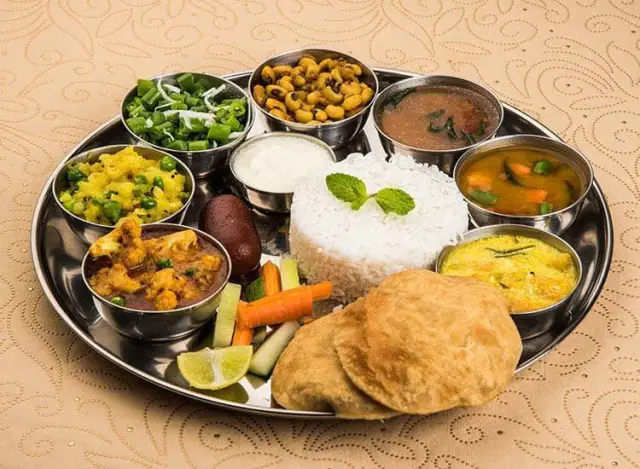
- Handloom weavers and tribal artisans showcase their crafts.
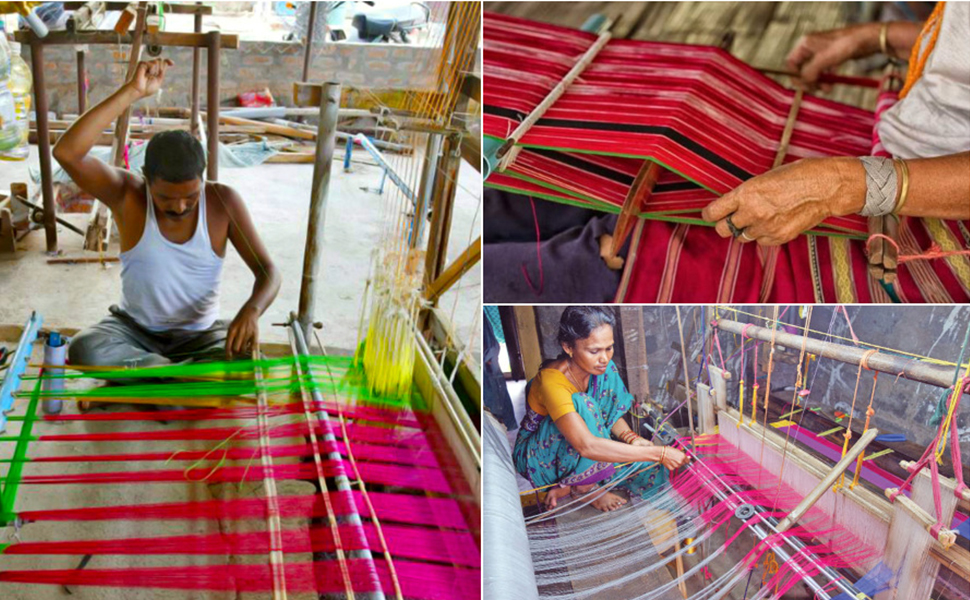
- Local sports, tug-of-war, and swing competitions keep the festive energy alive.
These melas are family-friendly, inclusive, and provide a modern platform for traditional Odia culture to thrive in a contemporary setting.
A Festival with a Social Message
More than just a celebration, Rajo is Odisha’s way of honoring feminine power, bodily autonomy, and ecological wisdom. In a society where menstruation is often stigmatized, Rajo stands as a rare, empowering tradition that celebrates this natural cycle with pride and joy.
Rajo is also an ecological reminder that the Earth, like any living being, needs rest and respect—a concept strikingly relevant in today’s environmental context.
Conclusion
 Rajo Festival is Odisha’s vibrant tribute to women, Earth, and life itself. It’s playful, profound, and deeply rooted in tradition. Whether you’re watching village girls swinging under flowering trees, tasting charred poda pitha, or soaking in the sounds of folk songs under a summer sky, Rajo invites you to witness a different kind of celebration—one where rest is sacred, womanhood is honored, and community joy is everything.
Rajo Festival is Odisha’s vibrant tribute to women, Earth, and life itself. It’s playful, profound, and deeply rooted in tradition. Whether you’re watching village girls swinging under flowering trees, tasting charred poda pitha, or soaking in the sounds of folk songs under a summer sky, Rajo invites you to witness a different kind of celebration—one where rest is sacred, womanhood is honored, and community joy is everything.
If you want to experience a festival that blends ecological mindfulness, cultural pride, and feminine celebration—Rajo is Odisha at its most heartfelt.

